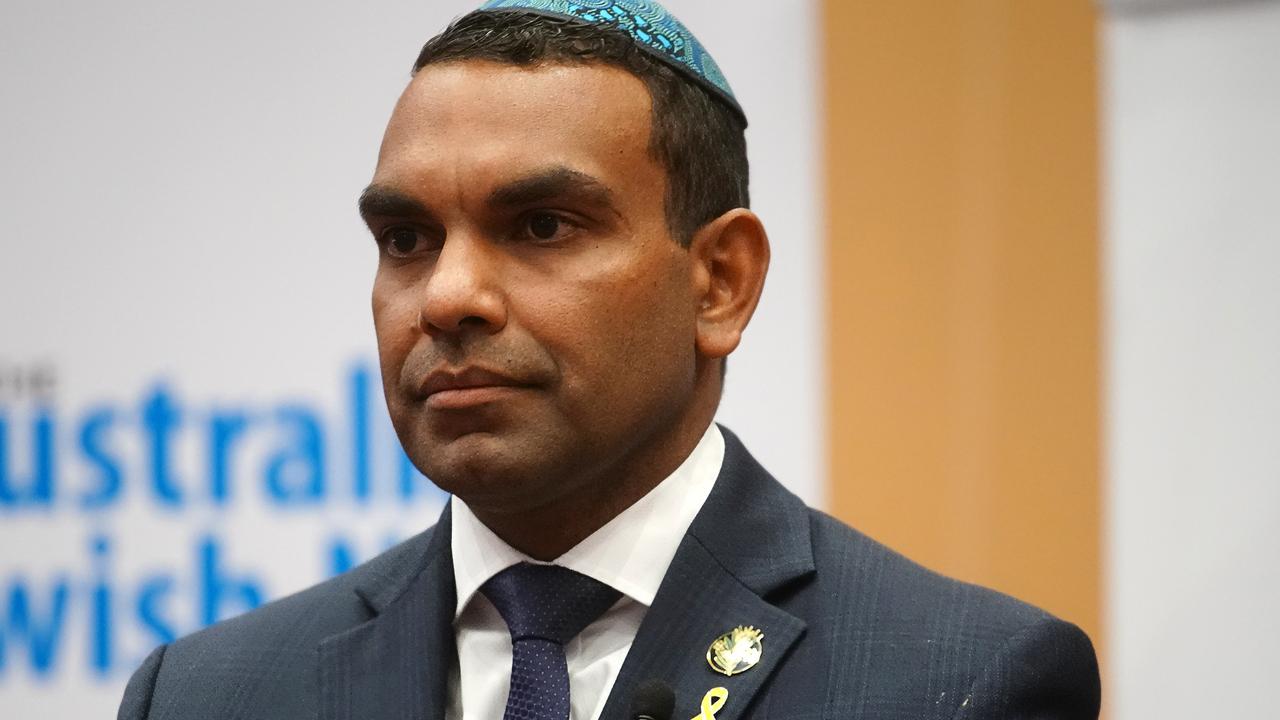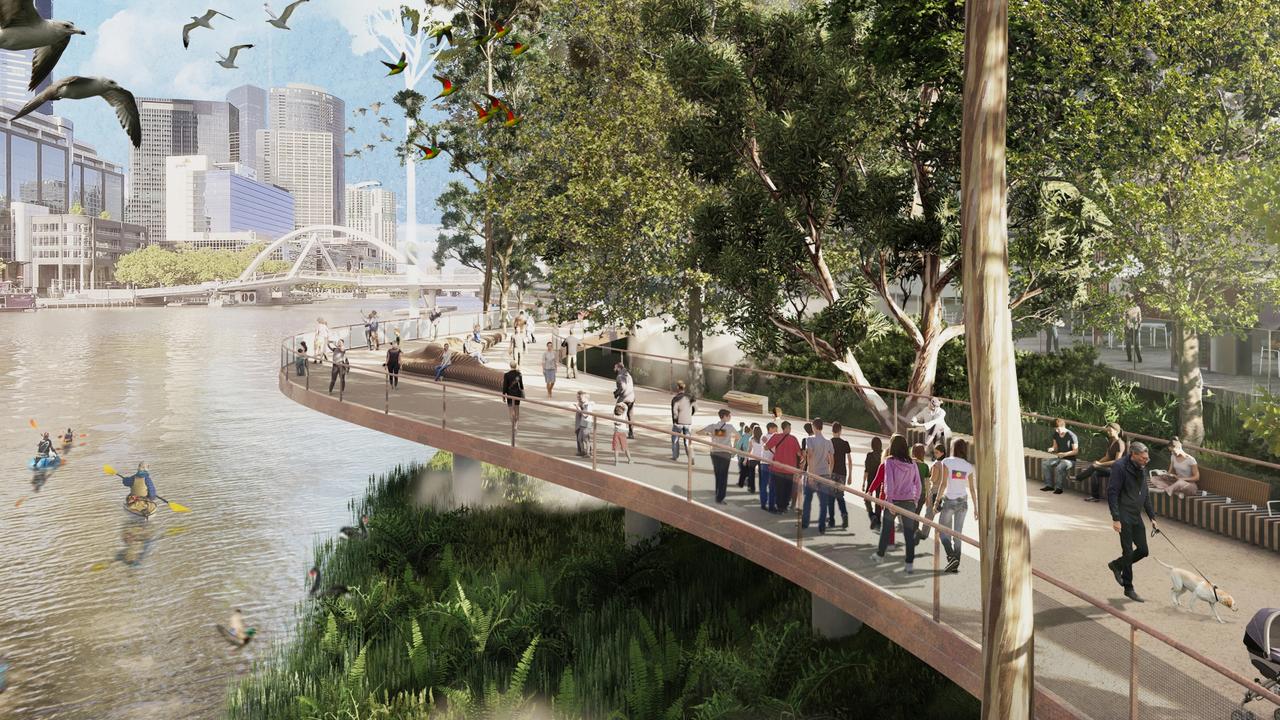How Melbourne’s Olympic venues have stood the test of time
Fourteen venues were used for the 1956 Melbourne Olympic Games, and while one remains a shining jewel in our city’s sporting crown, others have changed.
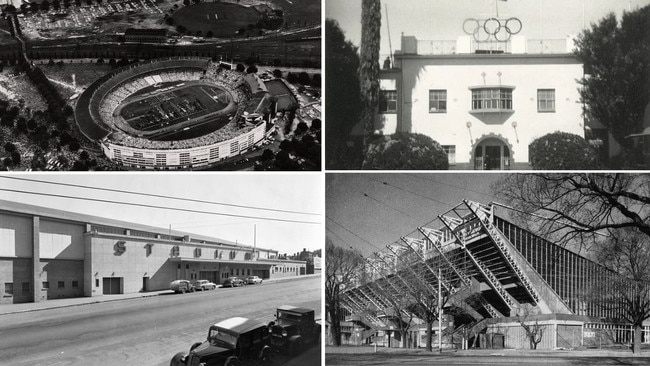
Victoria
Don't miss out on the headlines from Victoria. Followed categories will be added to My News.
Once they were arenas for the world’s sporting elite, now they have become housing estates, a reception venue and centres of entertainment.
Many of the 14 venues used for the Melbourne Olympic Games have either gone completely or redeveloped for new use.
But the Melbourne Cricket Ground, the enduring jewel in the city’s sporting crown and site of the 1956 opening and closing ceremonies, remains – with some improvements.
The Northern Stand was constructed in 1956 and later called the Olympic Stand. Along with the Ponsford stand, the whole northern end of the arena was redeveloped about 20 years ago.

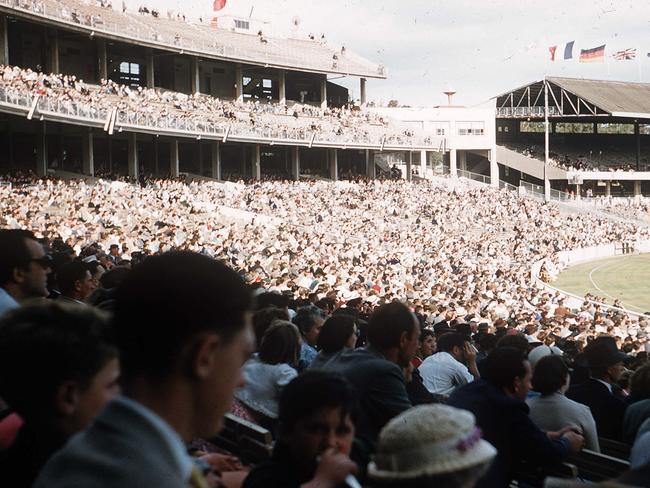
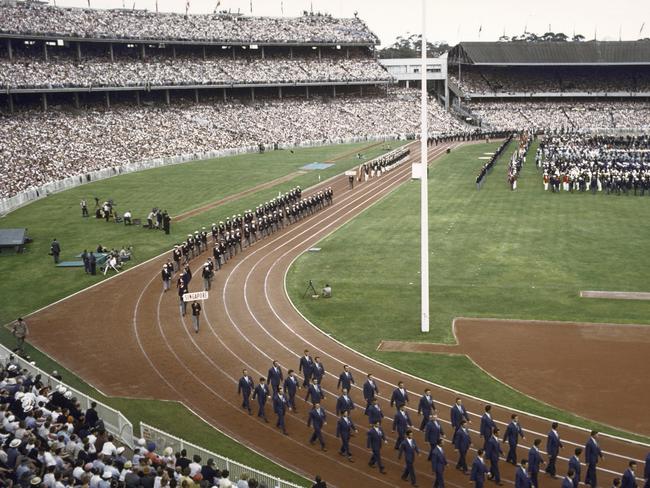
The Great Southern Stand was completed in 1992 and is now known as the Shane Warne Stand.
The major works have transformed the sporting landmark into one of the world’s great stadiums.
MCC librarian Trevor Ruddell said the MCG was a late choice for the main venue with the Showgrounds and Princes Park also in contention for new stadium builds.
“The MCG essentially got the late call-up because it was a cheaper option to build the northern stand, later the Olympic stand. It wasn’t ratified until March 1954.’’
The Olympic Park precinct on what was Swan St has undergone major changes in the 69 years since the Games were in town.
Football (soccer) matches were held at the Olympic Park Stadium but that was demolished in 2012 for Collingwood’s new training ground and club facilities at what is now known as Olympic Park Oval.
The Magpies also occupy what was the Games’ swimming, diving and water polo stadium.
In 1983 the Olympic-sized pool was closed and the area turned into a floor for training and indoor sports.
It then became club HQ for Collingwood Football Club in 2004.
Often referred to as the Glasshouse, it was officially renamed the AIA Centre three years ago.
Mr Ruddell said the original “Glasshouse” architecture still stands out today as a lasting reminder.
Also on the 1956 precinct was the 333m velodrome used for track cycling. A permanent stand provided seating for 4400 people, a temporary stand provided 3500 more.
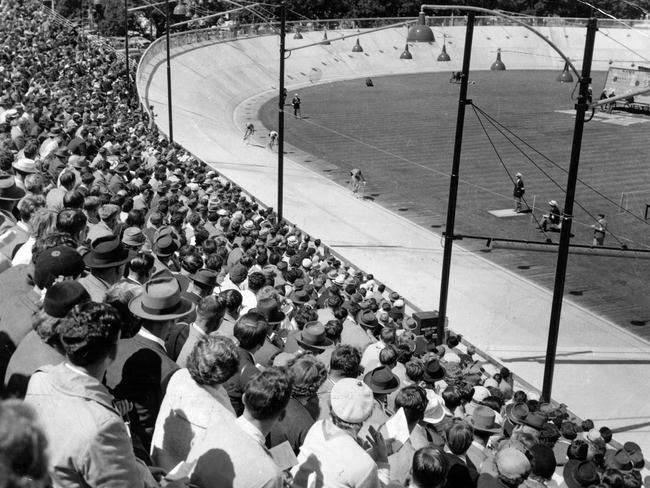
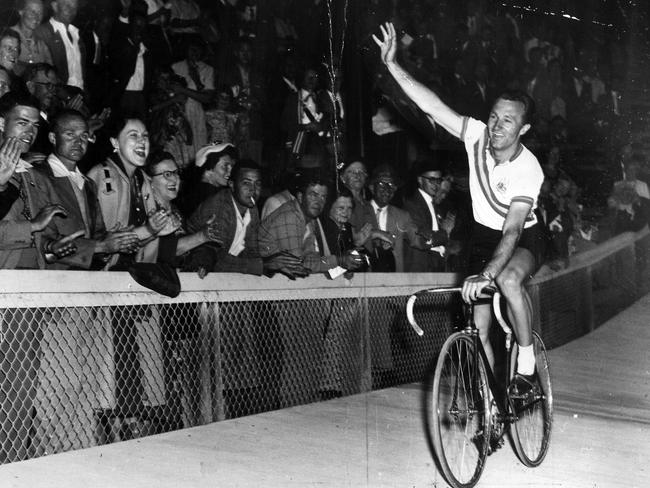
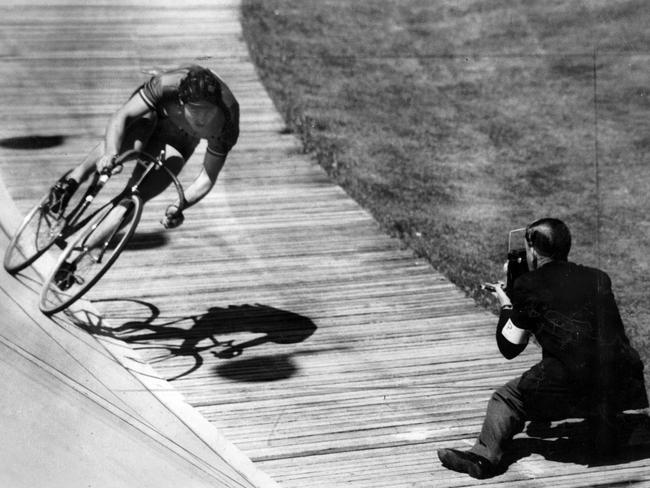
Hockey was played at the river end of the site. It featured a small grandstand with seating for 1048 spectators and room for another 20,000 people standing.
AAMI Park today stands on the site of the old velodrome and hockey field.
Two well-known city venues that hosted sporting competition remain with little alteration.
The Royal Exhibition Building in Carlton hosted basketball, weightlifting, wrestling, fencing and some disciplines of the modern pentathlon.
A special annex was purpose built for the basketball stadium before it was later demolished in 1972.
And Festival Hall, called the West Melbourne Stadium for the Games, held basketball, boxing and gymnastics. The 1913 hall was destroyed by fire the year before the Games, but rebuilt for the Olympics.
The Dudley St venue has since hosted music acts over decades, including famously the Beatles in 1964.
Festival Hall was closed and slated for demolition and redevelopment in 2018, only to gain heritage protection, and then bought by Hillsong in 2020.
Fencing was held in the St Kilda Town Hall, still the home of the City of Port Phillip council.
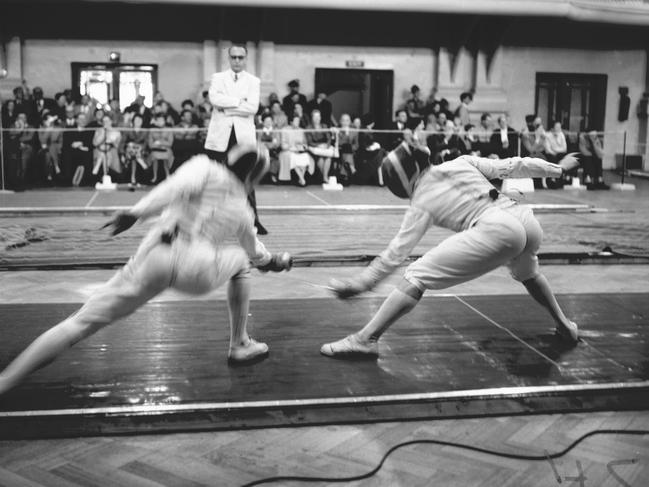
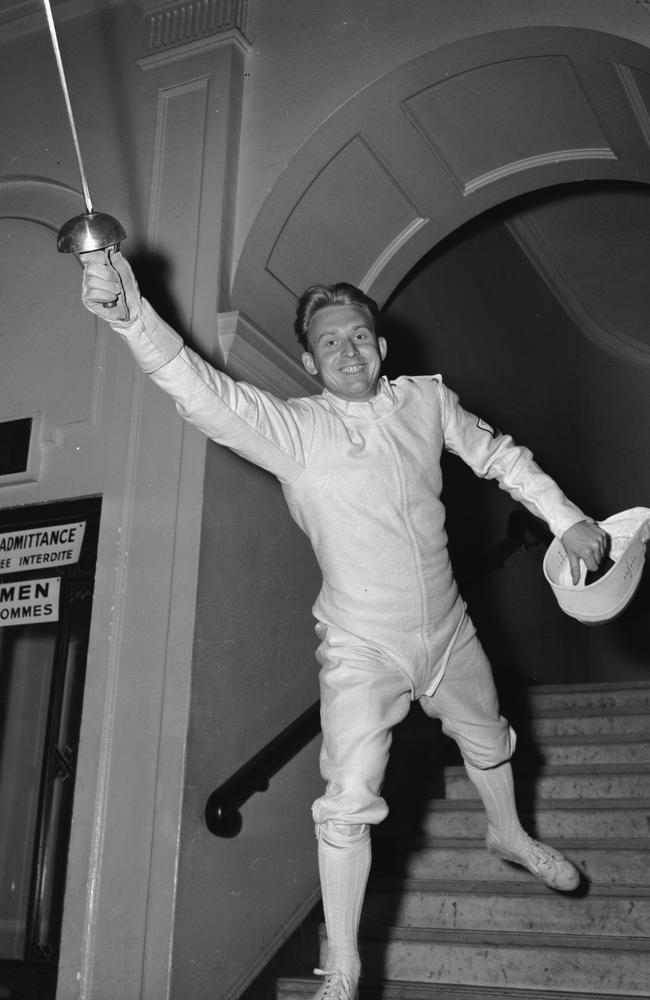
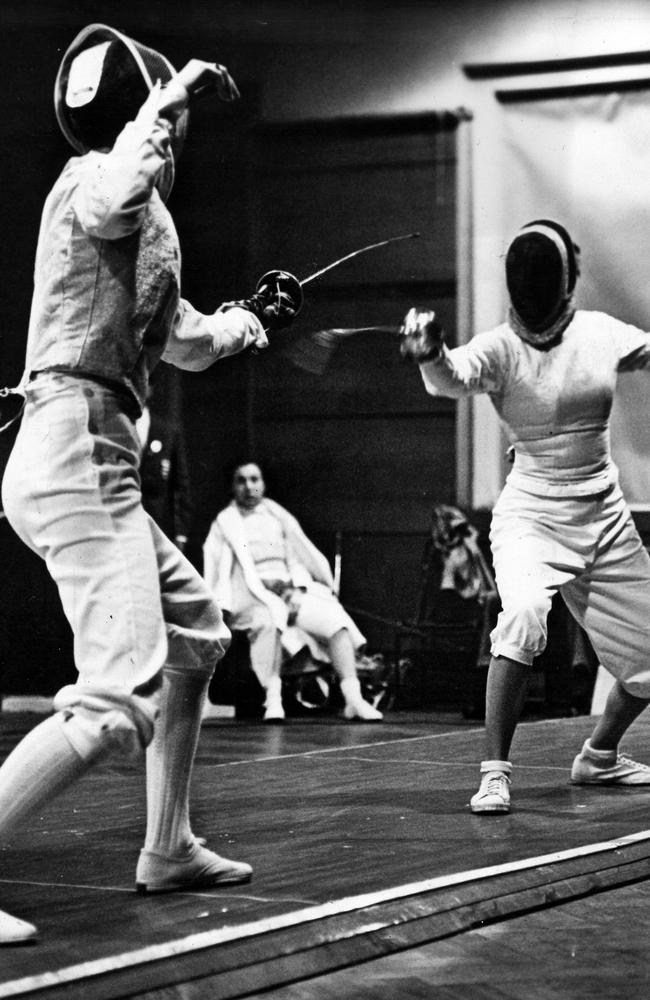
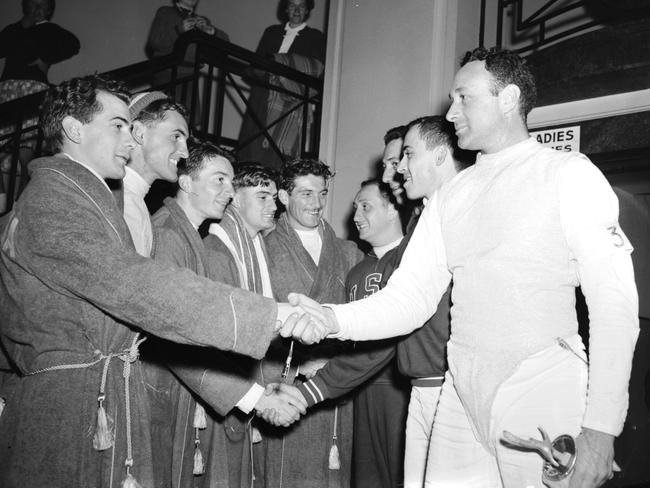
Further out of the city, the road cycling events were held in a loop around Broadmeadows – a 17km course along Pascoe Vale Rd, Somerton Rd, Mickelham Rd, through Westmeadows on to Johnstone St and back to Pascoe Vale Rd.
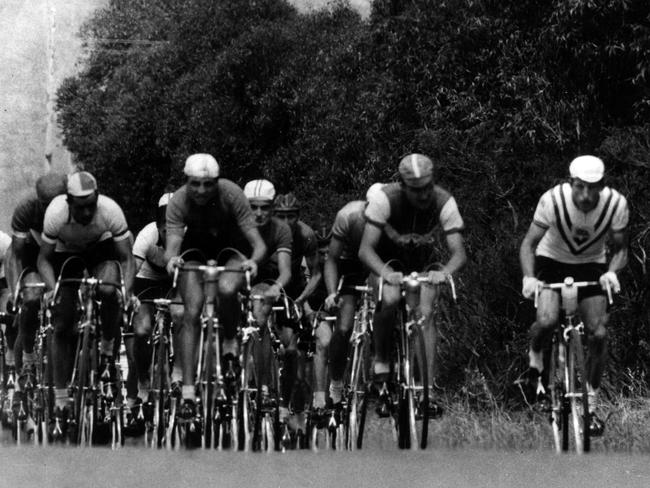
The area is now heavily built up as suburban expansion of the city continued.
The running and riding elements of the modern pentathlon were held at Oaklands Hunt Club in Greenvale.
Despite plans for the area to be redeveloped for housing, the Somerton Rd venue still stands as a receptions centre.
Shooting was held at two venues – Williamstown Rifle Range which has now closed for a housing development, and at RAAF Laverton which remains but after the runway was decommissioned in 1996, some land was redeveloped to create the suburb of Williams Landing.
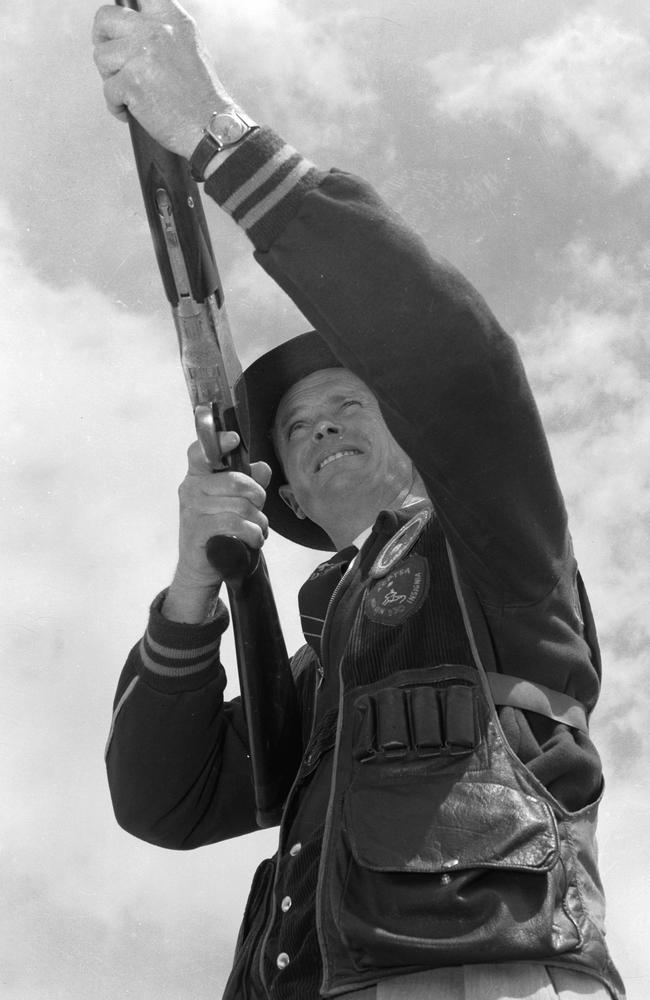
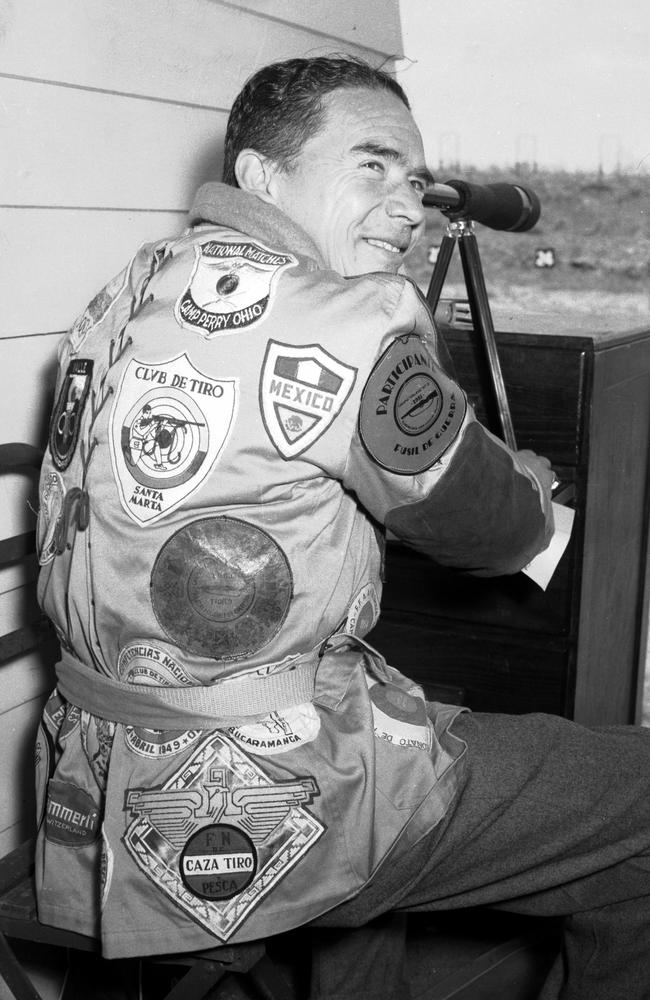
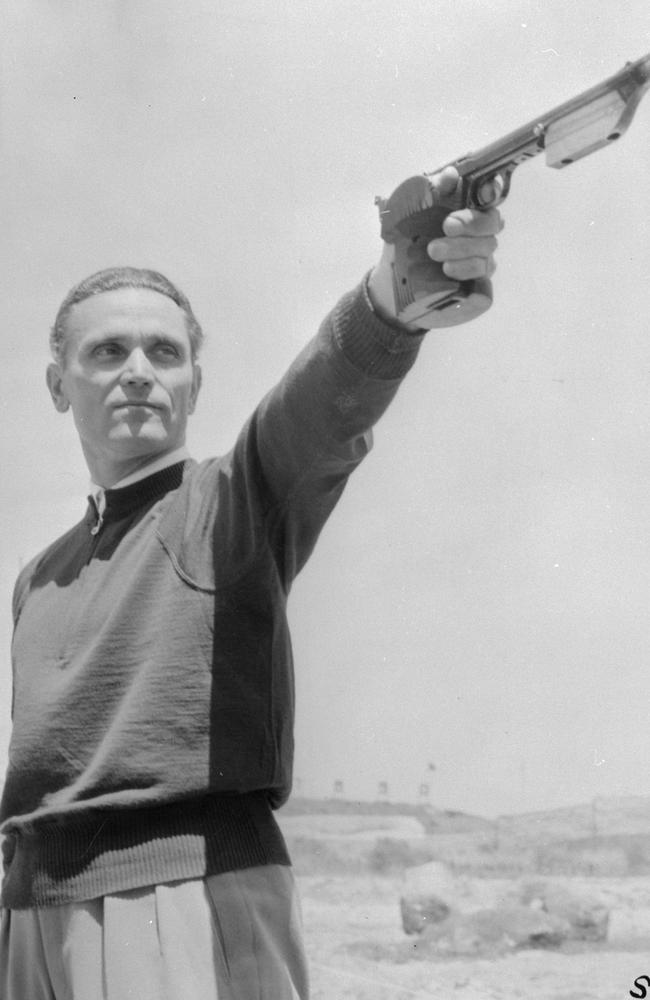
The sailing events were held on Port Phillip Bay, out of the St Kilda Yacht Club, now the Royal Melbourne Yacht Squadron, on Pier Rd, which remains today.
Remnants of the athletes’ village in Heidelberg West still stand today, including the iconic Olympic rings that hang above Alamein Rd.
Forty walk-up flats were built for the Games in 1956, across 10 different sites along Southern Rd, Dougherty Rd and Liberty Pde.
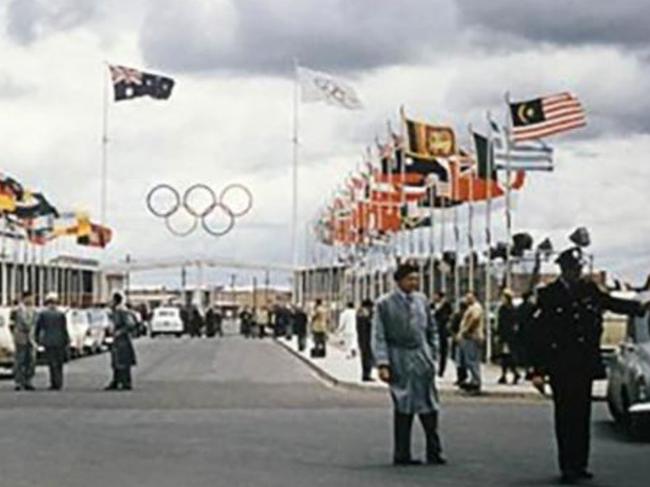
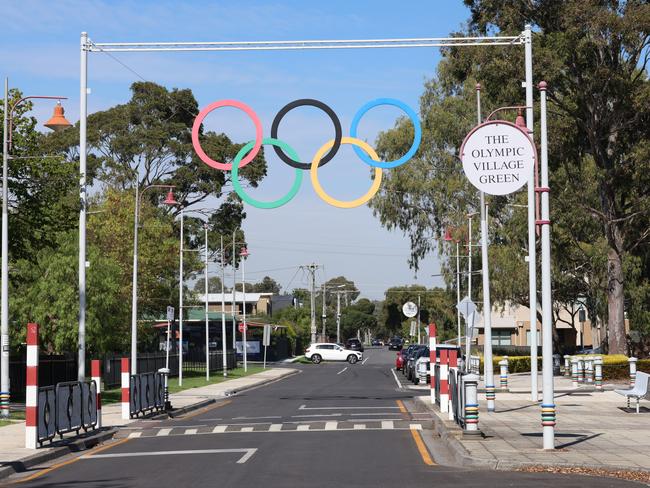
Now servicing as public housing, the flats have been maintained and further dwellings were added to the area in 2016 to replace some older properties.
Rowing and canoeing were hosted further afield at Lake Wendouree in Ballarat.
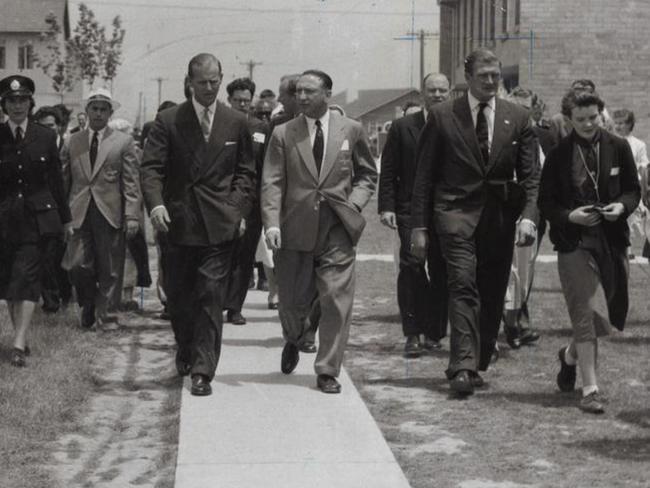
The often times blustery course has been a mainstay for rowers and Ballarat locals alike since excavations were completed to turn the lake into a suitable 2000-metre course.
City of Ballarat mayor Tracey Hargreaves said the lake remained the “jewel in the crown” of the city, serving as a tourist attraction and exercise hub for locals.
“Ballarat is extremely proud of its Olympic history at Lake Wendouree,” Cr Hargreaves said.
“It was an extraordinary moment in our city’s history – when the eyes of the world turned to Ballarat, and our beautiful lake became an international sporting stage.”
Originally published as How Melbourne’s Olympic venues have stood the test of time

